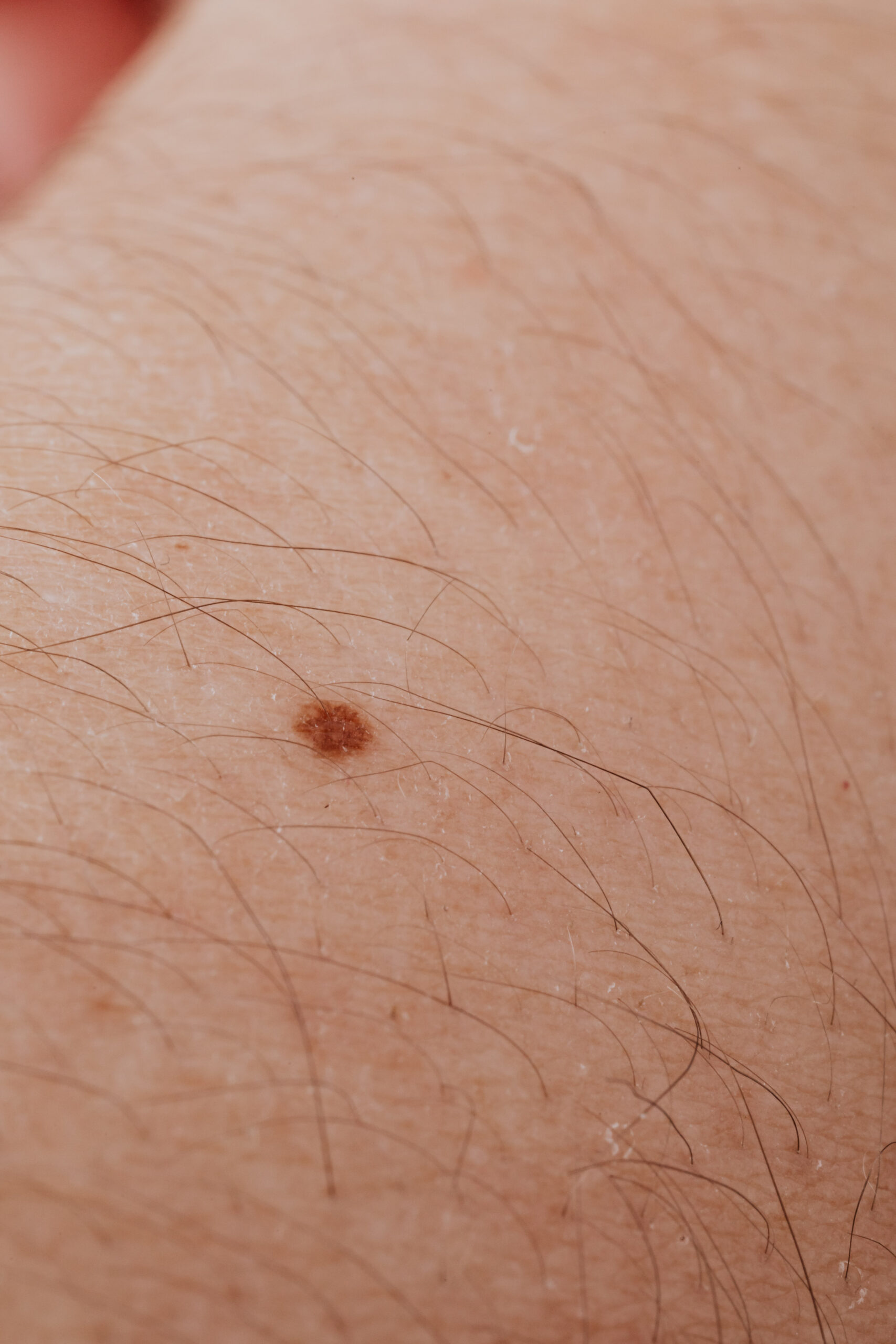What should I do if I notice a suspicious mole or spot on my skin?
Title: What Should I Do if I Notice a Suspicious Mole or Spot on My Skin?
Introduction:
Our skin is a marvelous organ that shields our body from external threats while providing us with a sense of touch and maintaining our body temperature. As much as we adore our skin, it is essential to pay attention to any changes or abnormalities that may occur on its surface. One such concern is the appearance of suspicious moles or spots. In this blog, we will explore what you should do if you notice a suspicious mole or spot on your skin.
1. Understanding the Warning Signs:
The first step in addressing a suspicious mole or spot is to familiarize yourself with the warning signs of skin cancer. These signs can include changes in color, size, shape, or texture of the mole or spot. Look for irregular borders, asymmetry, or moles that are larger than 6 millimeters in diameter. If you notice sudden itching, bleeding, or any other discomfort, it’s essential to take them seriously.
2. Self-Examination:
Regular self-examinations are crucial in detecting any changes or abnormalities on your skin. Schedule a monthly skin checkup where you thoroughly examine your entire body, including hard-to-see areas with the help of mirrors or a trusted person. Take note of any new moles or spots, and monitor existing ones for any changes.
3. Seek Professional Opinions:
If you notice any suspicious moles or spots during self-examination, the next step is to seek professional medical advice. Dermatologists specialize in examining the skin for any potential issues and can provide a comprehensive evaluation of your mole or spot. Schedule an appointment with a dermatologist promptly, especially if you are uncertain about the changes you observed.
4. Dermatological Examination:
During your dermatological examination, the doctor will carefully examine your skin, paying close attention to the suspicious mole or spot. They may use a dermatoscope, a specialized instrument that magnifies the skin surface for a more thorough assessment. Based on their evaluation, they may recommend further testing or, in some cases, advise you to monitor the mole or spot for any changes.
5. Biopsy and Pathology:
If your dermatologist remains concerned about the suspicious mole or spot after the initial examination, they might recommend a biopsy. A biopsy involves removing a small sample of tissue from the mole or spot for further examination and testing in a laboratory. A pathologist will analyze the sample and provide a definitive diagnosis, ruling out or confirming the presence of cancer cells.
6. Early Detection is Key:
Remember, early detection is crucial to successfully treating any potential skin cancer. Timely intervention can significantly improve the chances of successful treatment and positive outcomes. If skin cancer is confirmed, your dermatologist will guide you through the appropriate treatment options, which may include surgical removal, radiation therapy, chemotherapy, or other targeted therapies.
Conclusion:
When it comes to your skin’s health, it is always better to be safe than sorry. Being proactive and attentive in monitoring your skin for changes is of utmost importance. If you notice a suspicious mole or spot, don’t hesitate to seek professional medical advice. Remember, early intervention is key in preventing the progression of potential skin cancer and ensuring your overall well-being.



